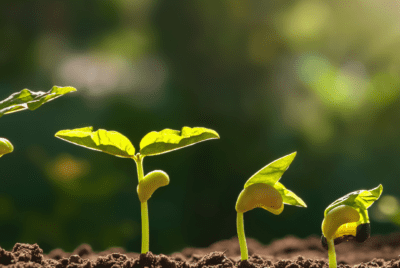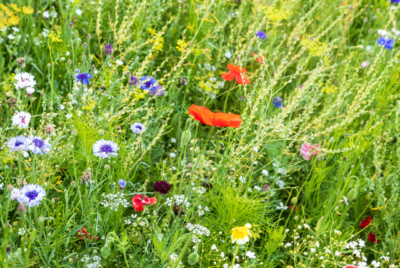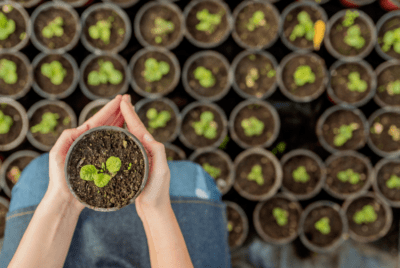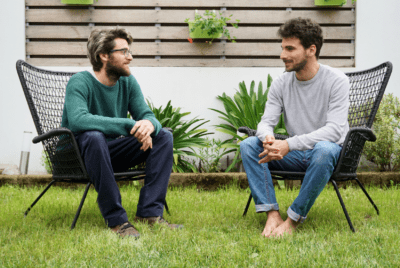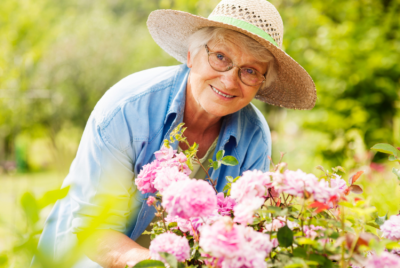RESEARCH
The Impact of Indoor Plants on Patient Recovery: Physiological and Psychological Effects in Dental Clinics
Summary
This study, detailed in the document “hortsci-article-p1376.pdf”, investigated the impact of indoor plants on patient recovery in dental clinics. Recognizing that dental settings often induce significant stress and anxiety due to pain, discomfort, and uncertainty, and previous research, while promising, had limited objective measures to support the claim that nature can alleviate stress and pain in hospitals, the study aimed to provide evidence using state-of-the-art techniques. The experiment utilized a within-subject design with 30 participants in a simulated dental recovery room. Participants, after receiving identical dental treatments, spent a 5-minute session in a room with three potted Epipremnum aureum plants and a control room without plants. To comprehensively assess the effects, the researchers collected both physiological data using Electroencephalography (EEG) focusing on alpha wave power in the prefrontal region, Heart Rate Variability (HRV) measuring sympathetic and parasympathetic activity, and Skin Conductance (SC) reflecting physiological arousal. They also collected psychological data using the State-Trait Anxiety Inventory (STAI) for anxiety and a Visual Analogue Scale (VAS) for pain intensity. Statistical analyses, including repeated-measures ANOVA, paired t-tests, and Wilcoxon signed-rank tests, were employed to evaluate the differences between the conditions.
The results consistently demonstrated that the presence of indoor plants had significant positive effects on patient recovery. Physiologically, participants exposed to plants exhibited signs of increased relaxation, indicated by a significant increase in alpha wave power in the prefrontal region, a shift towards parasympathetic activity shown by significant changes in HRV (decreased LF/HF ratio, increased HF power), and reduced physiological arousal evidenced by a significant decrease in skin conductance. Psychologically, participants reported significantly lower levels of anxiety and reduced pain intensity after the 5-minute session in the presence of plants compared to the control condition. These findings suggest that incorporating indoor plants can be a simple and cost-effective intervention to alleviate stress, anxiety, and pain, thereby enhancing overall patient well-being and promoting a more positive recovery environment in healthcare settings like dental clinics. The study supports incorporating indoor plants as an integral part of healing environments.



